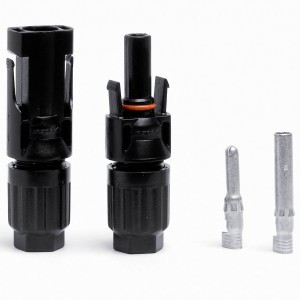 Although it is still not the leading or most popular choice of energy source, many families are now deciding to invest in solar panels to power their homes. Solar power systems at the moment can still be quite costly investments, but having and using them at home and even in other properties or infrastructures provides a lot of remarkable advantages.
Although it is still not the leading or most popular choice of energy source, many families are now deciding to invest in solar panels to power their homes. Solar power systems at the moment can still be quite costly investments, but having and using them at home and even in other properties or infrastructures provides a lot of remarkable advantages.
Aside from the fact that sunlight, the main source of energy of solar power systems, is free, it is also plentiful and quite inexhaustible under any season or weather condition. In winter, each square meter of land still receives a fair amount of solar radiation. Even on a cloudy day, your solar panels can still receive and harness a good amount of sunlight. Another notable advantage of having and using this alternative type of power system is that solar energy is non-pollutant and, as such, it is a very environmentally friendly source of energy.
A solar power system is made up of different big and small parts or components. Aside from the PV panels and batteries and an inverter, different types of cables, connectors, lugs and switches are just some of its main parts.
Solar connectors are very important parts of a photovoltaic energy system. They are used to safely prevent misconnection among the other components. These connectors are especially designed to have a special locking mechanism that makes them highly suitable for the outdoor environment and they can only be separated by a special disconnection or unlocking tool.
When it comes to buying a new solar connector for building a solar panel or to replace an old one, you need to take note of the following:
- Never interconnect or “cross-mate” connectors manufactured by different companies. This is never a recommended practice and it is one that is unsafe since joining connectors made from different manufacturers can cause burnt connections, arcing failures and structural fire.
- Choose a connector that passes all NEC requirements.
- Select a connector that is made of polycarbonate material for better impact and chemical resistance.
- Every solar connector requires a cable coupler.
- Only a specially designed disconnection and tightening tool can connect, adjust and disconnect the connectors.
- Crimping the cable coupler is one of the most important parts and tasks of connecting the modules in a solar PV system. If this task is not done properly, resistance would significantly reduce the efficiency.
Solar power systems are valuable investments since they can really give your property years and years of free energy. But to protect your investment, you need to have some basic knowledge of the photovoltaic energy system and its vital parts and components.

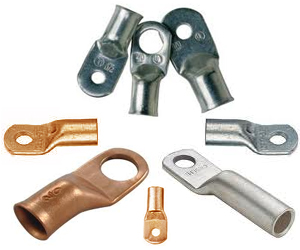
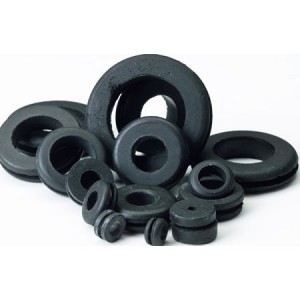

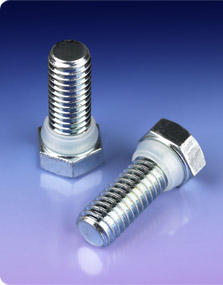

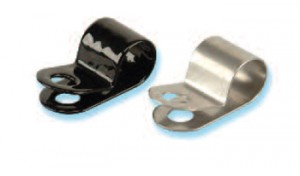 If you’re looking for a solution that’ll keep your cables on lockdown, cable clamps are the way to go. You’ll basically be arresting your cables – imagine a prisoner handcuffed to the wall of his prison cell. You’ll always have the key to let him out but it’s a lot safer with him handcuffed to the wall. Cable clamps secure cables or tubing into place, on whatever surface you choose. After putting your cables into the clamp, you’ll use a screw, arrow clip, or push-in fastener to secure them. There are various types of cable clamps you can choose from – here are some details about the major ones.
If you’re looking for a solution that’ll keep your cables on lockdown, cable clamps are the way to go. You’ll basically be arresting your cables – imagine a prisoner handcuffed to the wall of his prison cell. You’ll always have the key to let him out but it’s a lot safer with him handcuffed to the wall. Cable clamps secure cables or tubing into place, on whatever surface you choose. After putting your cables into the clamp, you’ll use a screw, arrow clip, or push-in fastener to secure them. There are various types of cable clamps you can choose from – here are some details about the major ones.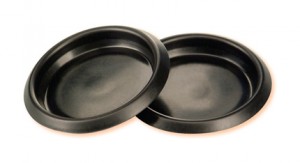 You just received the large canvas marketing poster you ordered. Boy, does it look nice. Pat your self on the back. You researched and hired a top notch graphic designer. Your printer hit it out of the park. And the marketing message you poured your heart and soul into is shiny and ready for the world to see. All that’s left is to hang it somewhere where the world can see it. The most effective way to hang your marketing brilliance is with metal grommets. And no. A metal grommet is not a giant robot muppet you hire to hold your poster – as awesome as that would be. Metal grommets are circular rings you can install at the corners of your poster so it will hang taught without interfering with your poster’s message. While it seems like a simple task to install circular rings into canvas, there are some things you should avoid. After all, why screw up perfection now?
You just received the large canvas marketing poster you ordered. Boy, does it look nice. Pat your self on the back. You researched and hired a top notch graphic designer. Your printer hit it out of the park. And the marketing message you poured your heart and soul into is shiny and ready for the world to see. All that’s left is to hang it somewhere where the world can see it. The most effective way to hang your marketing brilliance is with metal grommets. And no. A metal grommet is not a giant robot muppet you hire to hold your poster – as awesome as that would be. Metal grommets are circular rings you can install at the corners of your poster so it will hang taught without interfering with your poster’s message. While it seems like a simple task to install circular rings into canvas, there are some things you should avoid. After all, why screw up perfection now?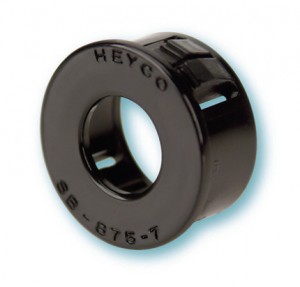 Bushings are used to protect both wires and the machines and surfaces that they pass through. To protect wires, bushings insulate openings for the wires to pass through so they won’t be damaged in any way. This insulation also prevents short circuits and damage to machinery by keeping wires separated from each other. High voltage passing through the wires can cause such damage.
Bushings are used to protect both wires and the machines and surfaces that they pass through. To protect wires, bushings insulate openings for the wires to pass through so they won’t be damaged in any way. This insulation also prevents short circuits and damage to machinery by keeping wires separated from each other. High voltage passing through the wires can cause such damage.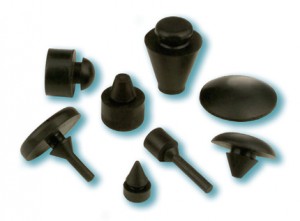 Rubber bumpers don’t directly interact with any wiring you’ll be installing or working with. However, they do have an affect on the wiring. They can be used in one of two ways. They can either be use to plug holes, preventing air, water, and anything else from getting through – this will keep your wires safe from the elements and prevent any malfunctions. They can also be used as feet for equipment to stand on – your equipment will then be stable and will have less chance of affecting your wiring. There are several types of rubber bumpers out there. Here’s an overview of a few of the major types.
Rubber bumpers don’t directly interact with any wiring you’ll be installing or working with. However, they do have an affect on the wiring. They can be used in one of two ways. They can either be use to plug holes, preventing air, water, and anything else from getting through – this will keep your wires safe from the elements and prevent any malfunctions. They can also be used as feet for equipment to stand on – your equipment will then be stable and will have less chance of affecting your wiring. There are several types of rubber bumpers out there. Here’s an overview of a few of the major types.